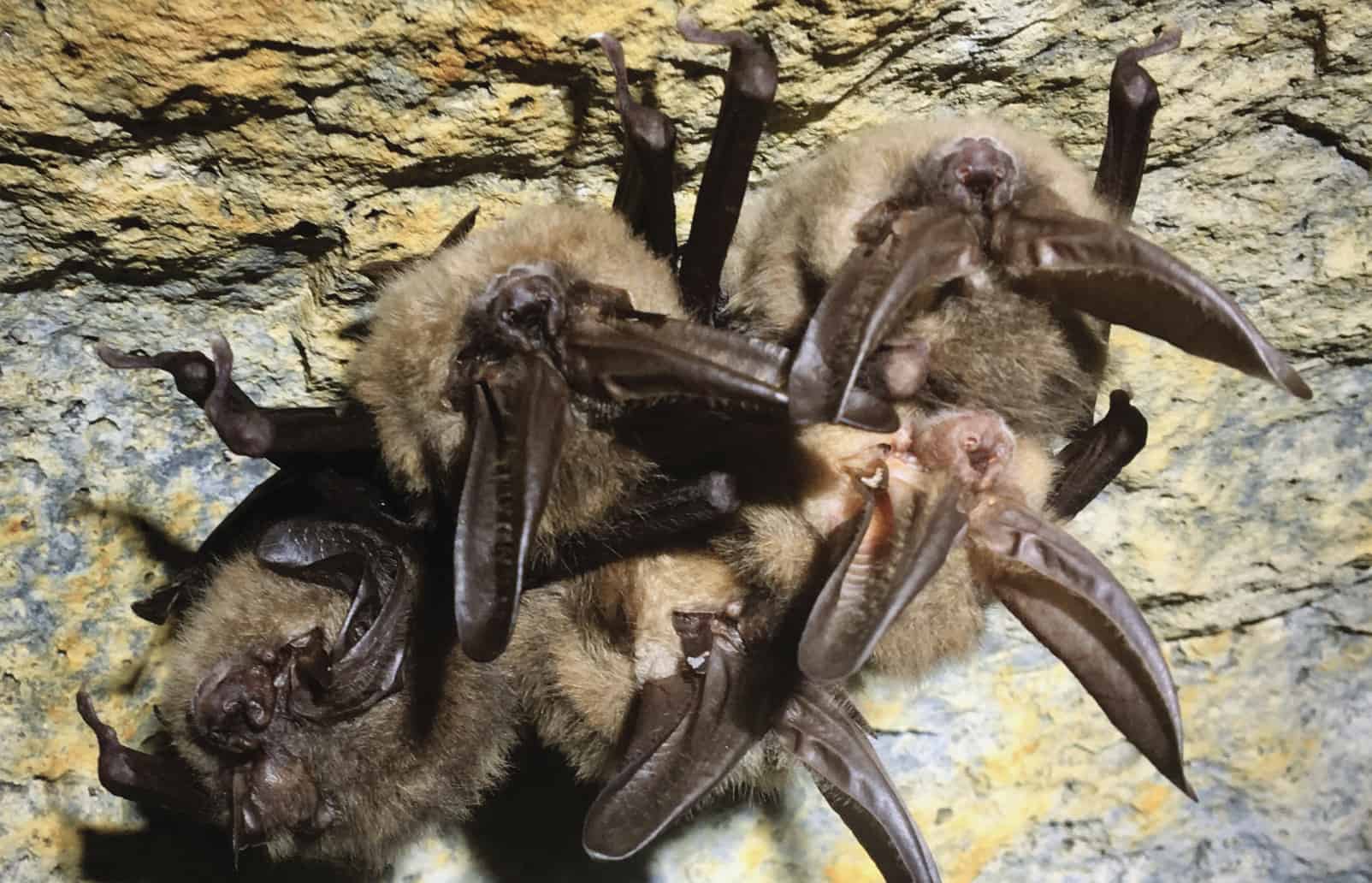Share this article
In a changing world, migrating species see varying success
Researchers recently looked at the bigger picture of how migratory birds, mammals and fishes are faring in a world constantly changed by humans.
“We had all heard a lot about scientists being concerned about migratory species being threatened in our rapidly developing world,” said TWS member Molly Hardesty-Moore, lead author of the study and a PhD student at the University of California-Santa Barbara. “We looked into the literature, and there are great studies on migratory species out there, but nobody had taken a broader look.”
In the study published in a special edition of Philosophical Transactions B called “Collective Movement Ecology,” Hardesty-Moore and her colleagues used two large databases — the Living Planet Index, which measures biodiversity based on population trends, and the International Union for Conservation of Nature Red List, a more comprehensive analysis of species’ statuses — to determine vulnerability and extinction risk of migratory mammals, birds and fishes around the world.
The team looked at more than 4,000 migratory species and split them into taxonomic groups, as well as by ecosystems such as terrestrial, marine or freshwater.
Their first conclusion was that every species’ situation depends on the context. A group’s collective behavior, such as staying in schools of fish or herds of wildebeest, can play an important role in population success, they found.
After reviewing the literature and comparing information on migratory species to the databases, the team also found some broader trends. While migratory birds are abundant, researchers discovered, they are decreasing more than nonmigratory birds. “This could be an early warning sign to conservationists that, although a lot of these birds are around, they tend to be decreasing in population size,” Hardesty-Moore said.
They found the opposite trend among mammals. Migratory mammals were increasing compared to nonmigratory mammals, even though they had the highest extinction risk on the IUCN Red List, she said. Hardesty-Moore points to their small, restricted ranges as the likely reason for this. But she said the increase in population size is likely due to conservation efforts paying off. “We’ve put a lot of attention to these migratory ungulates,” she said. “But there is still work to do because they are still endangered.”
As for fish, the team found that freshwater migrants are at a greater risk of extinction than marine migrants. “That makes sense,” she said. “Freshwater fish have a lot more barriers to movement in streams and impoundments like dams.”
Overall, Hardesty-Moore said the paper offers an optimistic message.
“Conservation measures can take off and allow populations to recover,” she said. “But we also found that more work needs to be done to not only increase abundance but to allow for movement, because it’s an important part of migration.”
Header Image: Researchers found that migratory mammals are increasing in population size but remain at risk of extinction because of their limited ranges. ©Lacey Hughey








